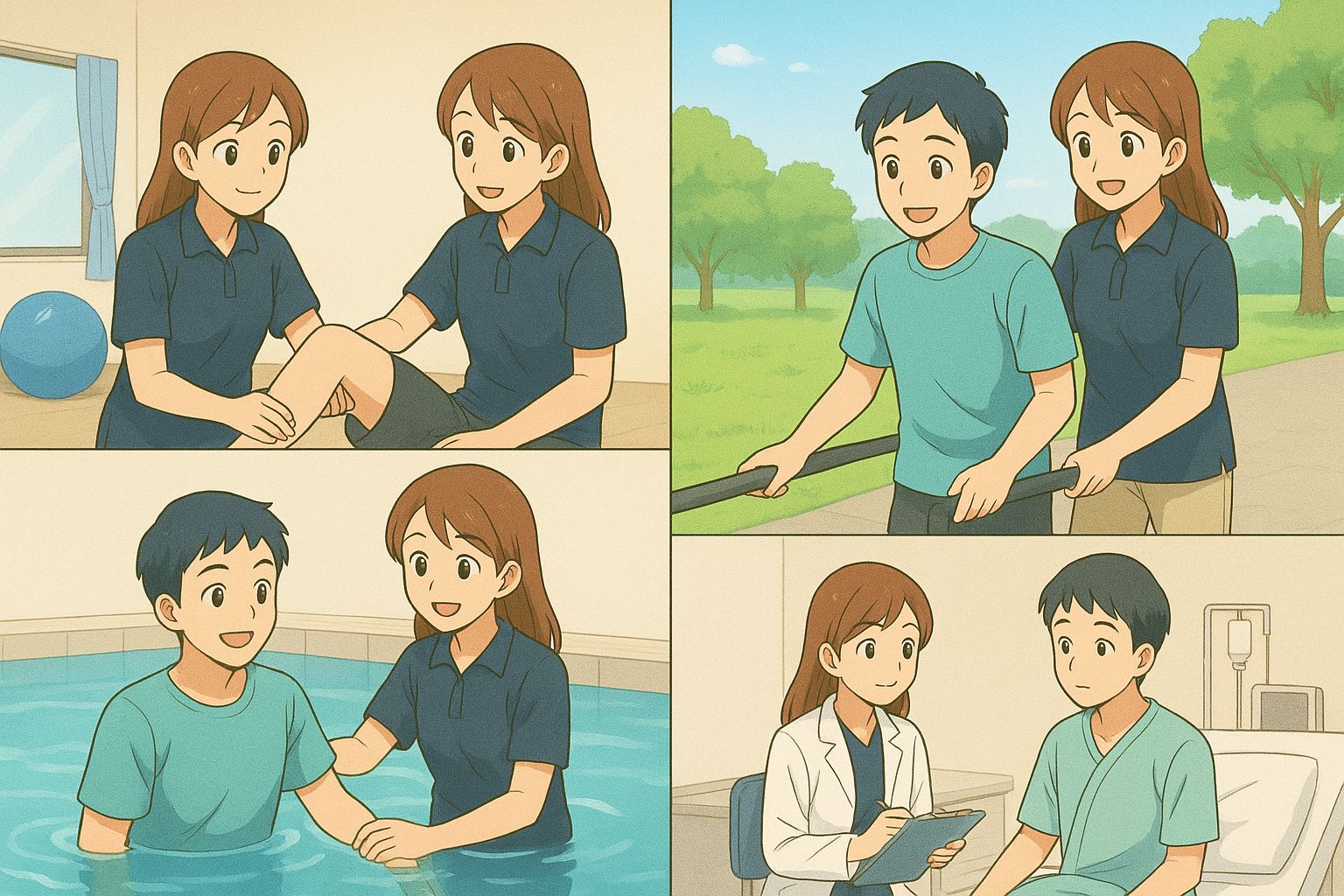- Neuro Pro Digest
- Posts
- The Hidden Power of Neurobehavioral Architecture in Rehab
The Hidden Power of Neurobehavioral Architecture in Rehab
How making your patients feel good changes their outcome.


Hello neuro rehab enthusiasts!
We all have been there - stark cold clinics devoid of warmth and personality. Clinics that are too easy to clean and minimalist may be designed for efficiency—but is that enough? Architectural design can dramatically transfer therapeutic gains, shape emotion, and accelerate cognitive change. Most therapists underuse environment as a tool.
🧠 The Science: Space Shapes Recovery
Neuroarchitecture explores how layout, light, and design elements impact the brain’s ability to process, learn, and heal (Neuroarchitecture Review).
Studies show natural light, color, art, and flexible spaces activate regions like the ACC and Parahippocampal Place Area, boosting wayfinding, mood, and engagement.
Environments rich in cues (“action possibilities”) support behaviour change, enhance memory, and aid navigation for patients with cognitive and motor deficits.
🤔 Why Are Therapy Spaces Under-optimized?
Historical design traditions focus on workflow, not patient experience or brain science.
Most staff are unaware that simple changes—poster placement, plant location, light schedule—affect neurobiological processes.
Funding and admin priorities mean environments are rarely designed with therapy-first principles.
💡 Practical Takeaway — Rethink Your Space
Audit your environment for engagement: Are there paths, colours, light, and cues that make movement interesting and navigation clear?
Use mirror neurons as an ally: place movement-related art, mirrors, or open spaces where patients can visualize themselves succeeding.
Focus on wayfinding and cognitive maps: clear, well-marked routes foster independence.
🛠️ Therapist Toolbox: Practical Architecture Tips
Old Clinic Design | Neurobehavioral-Inspired Design |
|---|---|
Bare walls, fixed lighting | Dynamic light, nature views, art, visible equipment |
Confusing pathways | Clear, intuitive routes, visual cues |
“Clinic” feel, high-stress | Calm zones, pleasant colours, modular furniture |
Tip: Small environmental tweaks can boost therapy engagement and recovery at no extra clinical time.
👁️ Real-World Example
A neurorehab center added green plants, daylight lamps, and art along walking paths; patient engagement and positive affect scores rose, and confused wandering decreased in dementia patients.
🚩 Therapist Challenges (and Solutions)
“I can’t redesign the whole clinic.”
Solution: Start with movable elements—plants, light exposure, visible goal charts.“Does design really matter for brain injury?”
Solution: Yes. Environment is processed subconsciously but powerfully—try even one change and note patient mood and orientation.
🚀 Quick Action Tips
Add a new visual cue to a therapy route or station.
Open a blind/curtain for more daylight if safe.
Create a calm, visually pleasing area for cognitive therapies.
📚 Further Reading
📝 Reflection for Clinicians
"Therapy begins the moment a patient enters a space. Become an architect for recovery as well as a guide for movement."
Thank you for reading! Want to win the next week?
Subscribe for more clinical power, each Sunday - no fluff, no wasted time.
Keegan
Before you go, was this email forwarded to you?